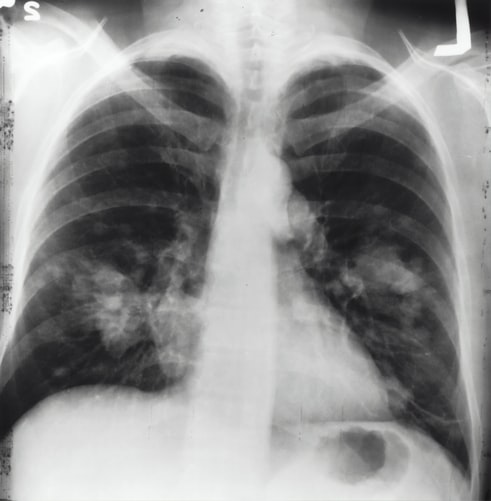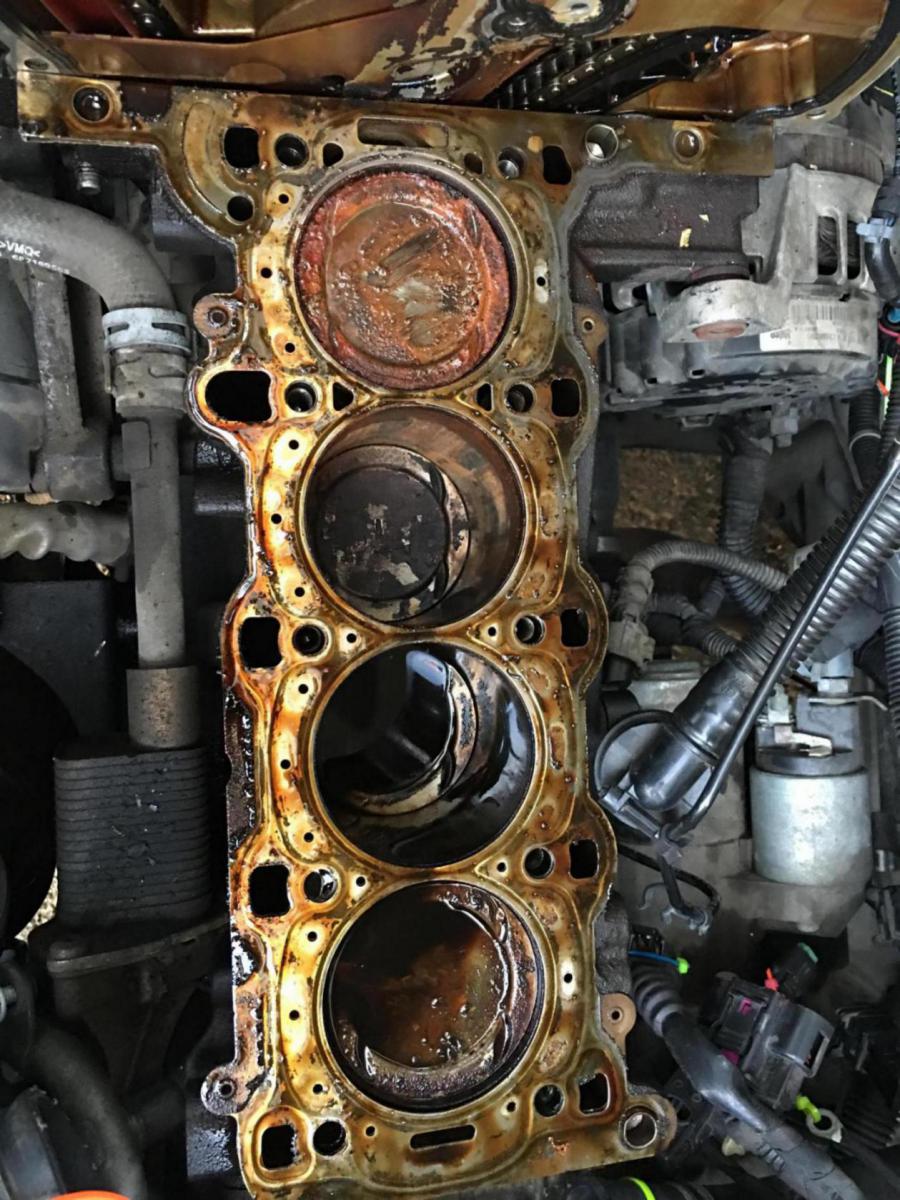People who worked brake assembly jobs were at risk of developing asbestosis and other asbestos-related diseases, as was anyone else, such as mechanics and consumers, who worked with asbestos-laden car parts made by Chrysler.
Lawsuits Against Daimler Chrysler
Through litigation, evidence came to light showing that Chrysler was well-informed of asbestosis, lung cancer, and mesothelioma risks decades earlier but still did not warn workers and consumers of the potentially deadly health hazards of their products.

In 2006, a New York brake worker who lost a lung to mesothelioma won $25 million in a legal case against DaimlerChrysler. Chrysler was later held responsible for 20 percent of a judgment for $40 million in a Delaware case for failing to warn about the risks of asbestosis.

Bankruptcy
Chrysler filed for bankruptcy in 2009 but has not established an asbestosis victim trust, meaning that litigation through the courts will be ongoing for those who have become ill or have passed away as a result of working with asbestos-laden DaimlerChrysler car parts. Because it can take years for someone who worked with asbestosis-inducing materials to develop disease, people will likely continue to come forward with lawsuits against the company.1
The Future of Daimler Chrysler
Meanwhile, environmental hazards caused by Chrysler continue to pose a risk. In 2018, the Detroit Free Press reported that while excavating for the Detroit River International Wildlife Refuge in Trenton, workers uncovered crumbling barrels of toxic chemicals left behind by an old Chrysler plant that operated there between 1946-1990.

Since Chrysler filed bankruptcy in 2009, the Free Press reports that the cost for cleanup efforts will be paid by taxpayers despite Chrysler’s former agreement to clean up the site. Tests show that the soil and groundwater around these barrels have tested positive for high levels of dangerous chemicals such as heavy metals, toluene, chlorobenzene, and phenol. The property has been plagued with problems left behind by Chrysler, as evidenced by the fact that the Environmental Protection Agency had to remove toxic barrels of benzene in 2011 and petroleum-based tar products in 2012 that had contaminated the soil.


 Rae Steinbach
Rae Steinbach
 Lauren Weinand
Lauren Weinand